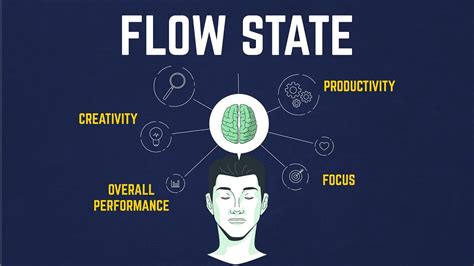In the realm of software development, the concept of a ‘flow state’—where a programmer experiences heightened focus and productivity—is widely recognized and cherished. However, achieving and maintaining this state is not merely about filtering out external noise and interruptions. The true adversary often lies within: fragmented thinking. This insidious form of distraction can be as detrimental, if not more, than the colleague popping over with a quick question or the persistent pings of a Slack channel.
The discussion about the flow state often circles around external interruptions, such as phone calls or impromptu meetings, which are unequivocally disruptive. However, what’s less often discussed—but equally disruptive—are those internal interruptions, which come from within our own minds. These can be thoughts about unrelated tasks, worries about personal issues, or even the perfectionism that leads us to tweak a piece of code incessantly without significant gain.
Consider the task of writing commit messages in version control systems like git, a practice which might seem momentarily disruptive but actually serves an essential function. This is not just an administrative task but a moment of pause that allows developers to encapsulate the rationale behind their changes succinctly. This practice, when done right, aids in maintaining a coherent and insightful log of changes, which becomes invaluable in managing legacy code or tracking down the roots of bugs.
Layer8 and elevaet present divergent views on this matter, with Layer8 implicating this activity as a break in flow, while elevaet sees it as a necessary punctuation, enabling transition to subsequent tasks. This illustrates a fundamental aspect of flow state in programming: what disrupts one individual’s flow may seamlessly integrate into another’s workflow. This subjective nature calls into question any one-size-fits-all approach to fostering optimal flow states in development environments.
Even more critical is addressing the internal disruptions formulated by fragmented thinking. For instance, Sanderjd‘s insights point towards an often overlooked dimension of flow state. The internal dialogue or the incoherent leap from one thought to another can profoundly disrupt focus, possibly more than any external interruption. Recognizing and mitigating these internal distractions require introspective awareness and tailored strategies like setting clear short-term goals or using tools designed to minimize distractions.
Moreover, external tools and setups like noise-canceling headphones or distraction-blocking apps can only do so much if the internal landscape of the mind is cluttered. As highlighted by user Hgomersall, strategies such as pink noise or designated quiet zones can enhance focus, but they cannot combat the inherent chaos of a disorganized mental state.
Ultimately, the battle for flow is fought on two fronts: the external and the internal. While we can exercise some control over our physical and digital environments, the internal challenges demand a more nuanced approach. Techniques such as mindfulness meditation, regular breaks, and structured routines can help align one’s mental state with the demands of high-focus tasks. As developers, recognizing the dual nature of these disruptions is the first step towards cultivating a work environment conducive to deep, uninterrupted flow states.


Leave a Reply